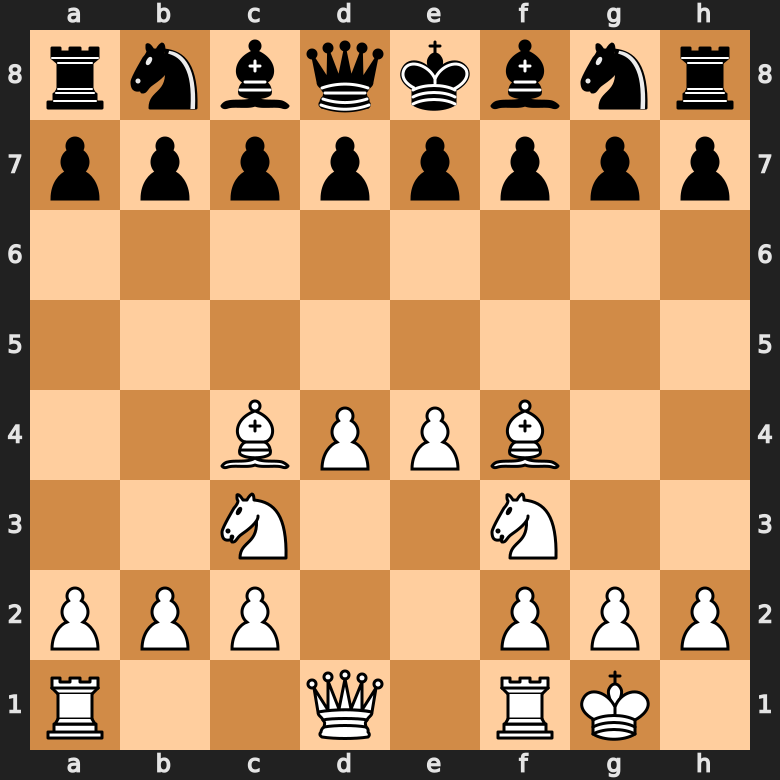The Back Rank Checkmate in Chess
The back rank checkmate, also referred to as the corridor mate, is a common checkmating pattern that occurs, whenever a player delivers a mate on their opponent’s back rank. Let’s look at what exactly the back rank even is, and why it is especially vulnerable to mating attacks!
What is The Back Rank?
Before we can get into the nitty-gritty of checkmating on the back rank, let’s first find out what the back rank even is.
The back rank is defined as the first row for White and the eighth row for Black. In other words, your back rank is the row on which your queen, king, rook, bishop and knight are placed in the starting position.
Why Is The Back Rank A Vulnerability?
Beginners are often told to castle early, thus protecting their king. While this is very sound advice and should be followed in most cases, the position of the king after castling can lead to some problems later down the line, especially during the middle– and endgame.
Generally, we want to have the king behind a solid chain of pawns, which protects it from attacks:

However, later in the game, this perfect structure usually falls apart. With the rook joining in on the action, we are often left with a structure that looks something like this:

Can you see the problem here?
White’s king is very vulnerable, with black’s rooks eying down the e1 square, delivering a back rank checkmate in the next move.
Back Rank Checkmates: Exploiting The Weakness
A back rank checkmate is a type of checkmate usually performed by rooks or queens, in which a king gets mated on the first (or eights) row.
Back rank checkmates are frequent in beginner games, as new players often forget to guard their back rank, failing to see the danger of an imminent back rank mate. In grandmaster play the back rank mate is less common, but still plays a significant role. The prevention of a corridor mate can lead to players having to spend time, as well as dedicating resources to do so.
How To Prevent Back Rank Checkmates
There are two primary steps to take in order to defend agaisnt a back rank checkmate.
For once, players can completely erase the threat by creating breathing space for their king. This is usually done by advanced one of the pawns in front of the king by one square, like this:

These pawn moves to g3 or h3 are often played in openings for other purposes, such as a fianchetto, or to push back a bishop in the Ruy Lopez. Often times it is not advisable to advance pawns purely as a defensive move to prevent a back rank checkmate, as they result in a loss of tempo.
Another possibility to defend against a back rank mate is to guard the back rank. This is usually done by having at least one rook on the one’s back rank, although this can lead to further weaknesses, if the opponent tries to overpower the defense.

